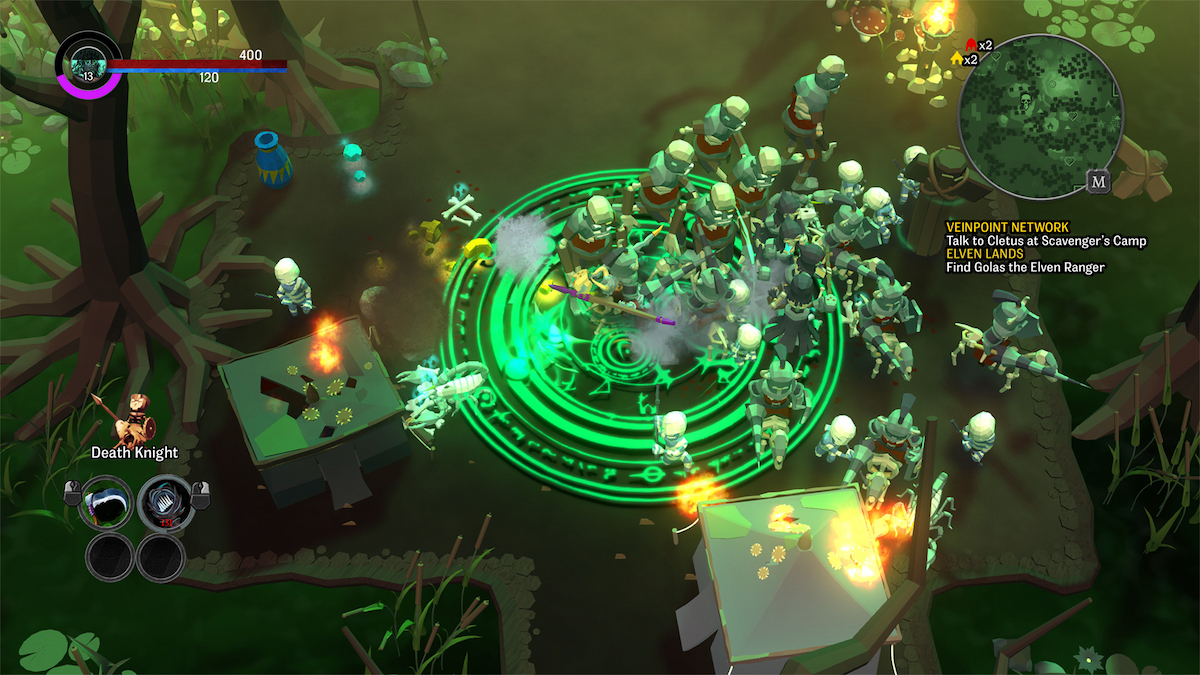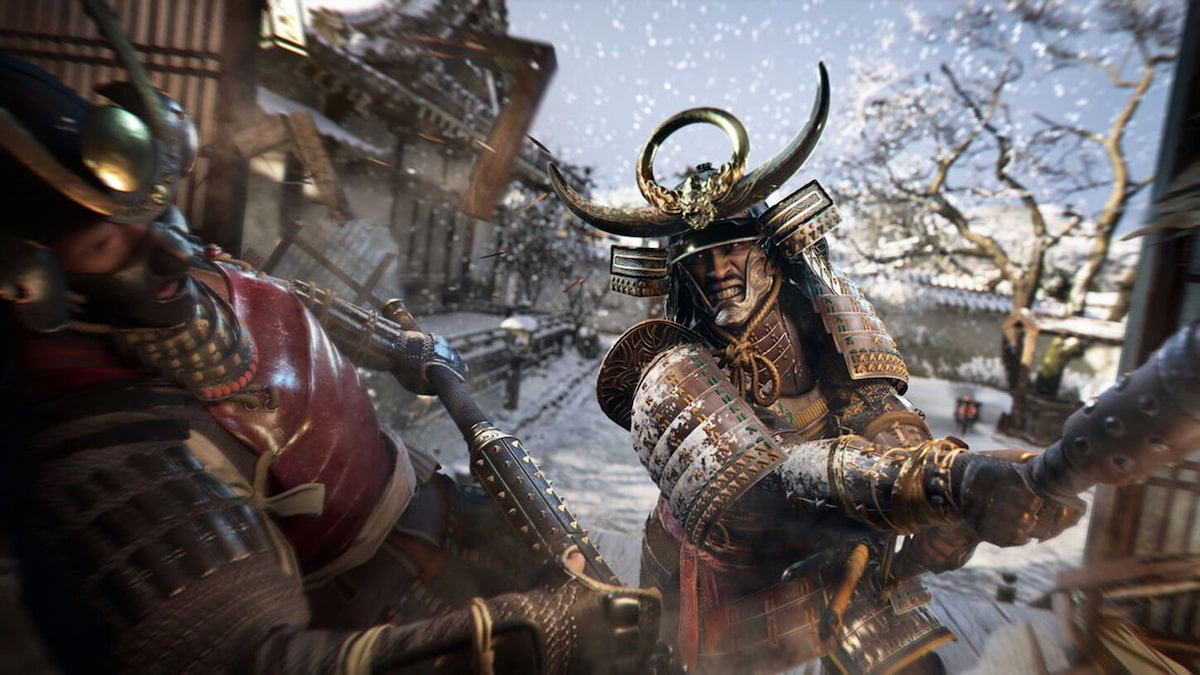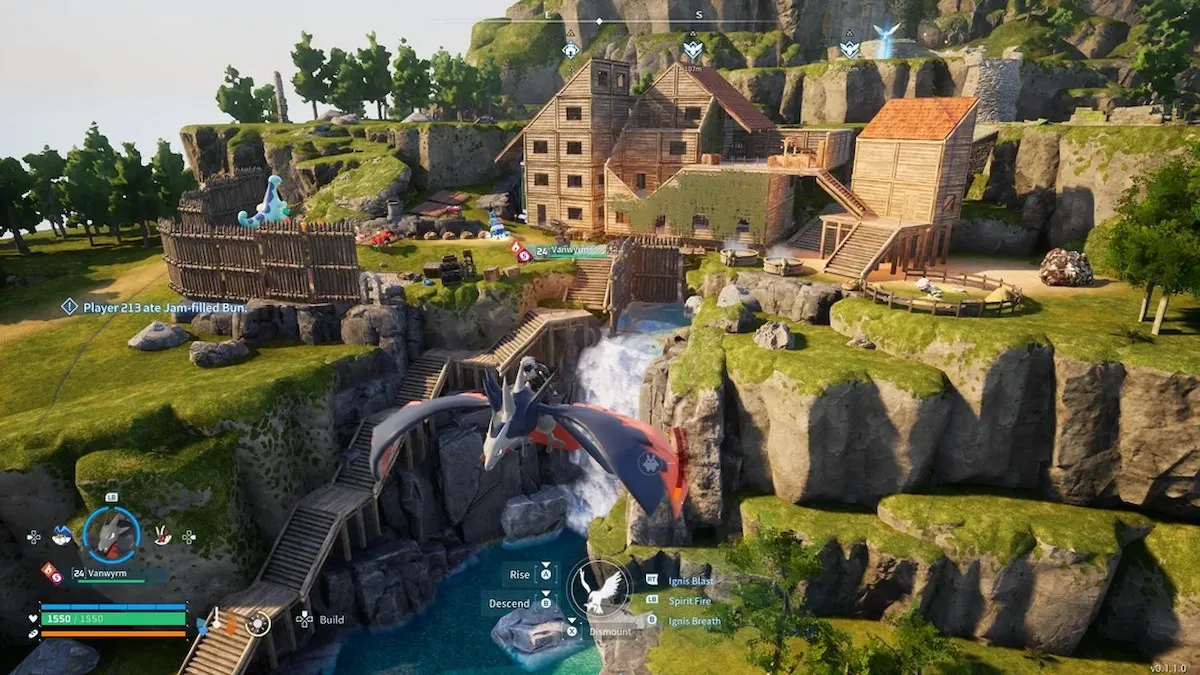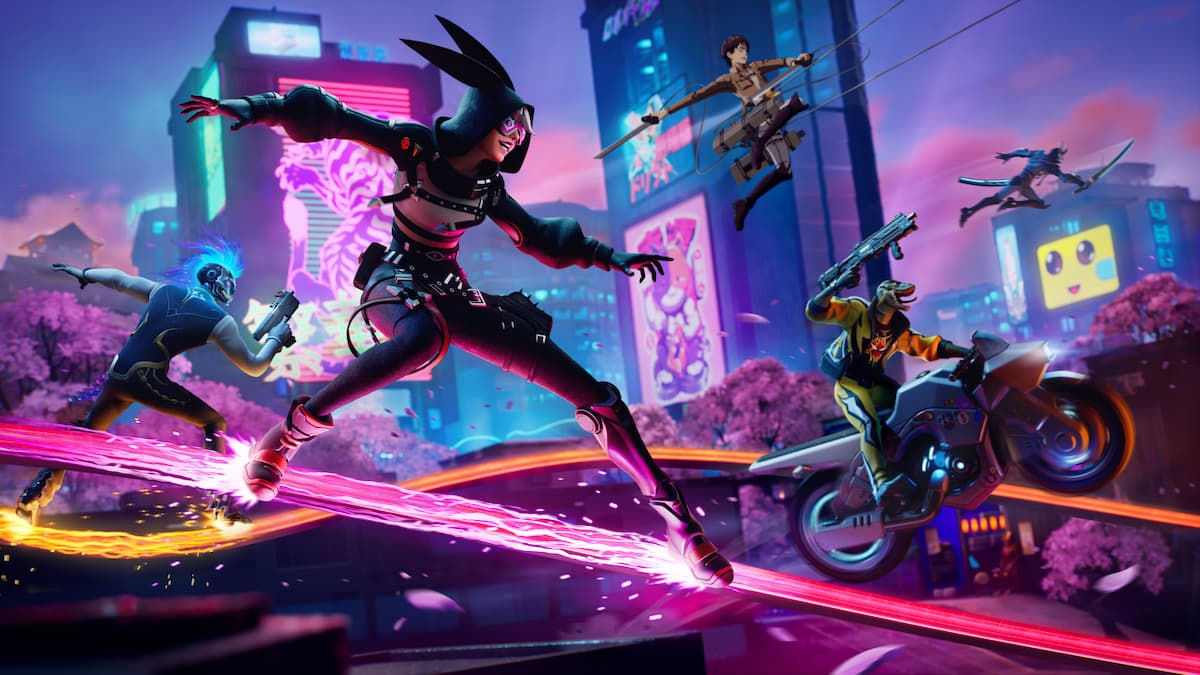Reach
What does Reach have that the other Bungie Halo games don’t? Confidence.
The heroes of Noble Team knows that they have to do whatever they can to stop the Covenant from glassing the titular planet and, despite the odds being stacked against them, they have the confidence to think they can pull it off. Likewise, Bungie has the confidence in themselves to truly show that war is hell, and that not everyone makes it out of it alive. Previous games suffered from bad pacing and feeling like two separate games, but Reach avoids this problem by making that the root of the plot. Reach contains some of the best setpieces (space combat!) and is a blast to play from start to finish, especially with that ending.
Likewise, the multiplayer is blown out and filled with plenty of things for fans to like. Loadouts offer fun customization, the armor abilities are perfectly tuned (except armor lock), and the Firefight is better than ever. Whether you’re a campaign or multiplayer hound, Reach offers something fun for everyone and is a worthy capper to Bungie’s tenure.
Halo 2
Halo 2 is damn good, but probably not the best game in the series. It’s got a lot of lofty promises–Covenant are invading Earth, a dual storyline, introducing online multiplayer–but it only sticks 2/3 of its goals (and barely at that). The introduction of the Arbiter and Covenant Civil War allows for some nuance, but feels underdeveloped and takes away from the main point of the game. The campaign is too short to fully put things into place, and just like the previous games, the introduction of freaky plant Flood-thing Gravemind comes totally out of left field.
Just like with the original, multiplayer is where the game truly sings. Online play may be the only real new addition, but it works like a charm. There’s a reason why the servers were online for nearly 10 years and its playlist system has shown to be so influential in gaming today. The mediocre campaign is really the only sore spot here in an otherwise awesome multiplayer package.
Halo 5: Guardians
2014 wasn’t exactly a stellar year for Halo, the Master Chief Collection having brought the core four games to the Xbox One, along with an embarrassing amount of bugs and connection issues. 343 needed to prove themselves with Guardians, and while the multiplayer beta won over some people, they still had to blow away the remaining skeptics.
To that end, the multiplayer had to return back to the basic formula that’s served the series so well, but also get with the times. Being able to aim down sights and sprint are welcome additions, and the new Spartan abilities like jet packs and a powerful charge sprint help amp up the pace of matches without getting crazy chaotic. This is probably the best blend of old school Halo and what Halo 4 was trying to do without going too far in either direction to make this feel like a relic of the old times or a jarring new addition to the series. While the old modes are all well and fun, the new Warzone mode may probably be one of the coolest additions the series has made, mixing nearly everything great about the series into a large scale war that’s a ton of fun.
The action hasn’t just been amped up in the multiplayer. This campaign is a high mark for the series, providing a nice ebb and flow of small skirmishes and big scale battles that enhance the scope of the universe. The four player co-op works well, which is perfect, since the teammate AI are complete idiots. Story can be a bit hard to follow, especially if you haven’t read the books, and Blue Team in particular feels like they needed more missions for their side of the story to click the way Osiris’ does. But even that feels like a minor complaint when compared with what Halo 5 does right, and it certainly excels at a lot of what it sets out to accomplish.
Halo 4
The first Halo game from 343 Industries catches a lot more flack than it probably deserves. It’s easy to look at how little it does to really change the campaign formula (stick Cortana into one fancy looking USB slot, stick her in all of ’em) and the changes that came with the multiplayer that turn the game from full out Halo to a mix of Unreal Tournament and Call of Duty.
For a lot of people, that multiplayer is the sore point. The core of Halo is still there, but the armor abilities and ordinance drops instantly have people thinking that it’s been reworked completely. The new Promethean weapons are just Transformers-looking versions of the series staples (the Promethean shotgun is just as cheap as the OG one), and the armor abilities are mostly well-balanced to counter each other. The maps may not be among the best that the series has offered, but there are some fun ones in the mix.
And while the story mode may be an endless cycle of putting Cortana into a thing, credit to 343 for picking the rich Forerunner backstory of the prequels to kick off a new series. Yeah, the story can be confusing for newcomers, but the scale is massive and that opening level is pretty killer. The relationship between Cortana and Chief may not click with everyone, but credit to 343 for trying. If nothing else, Halo 4 is a hell of a lot more confident in itself and its ambitions than most of Bungie’s games, and it’s a fun new entry to the series.
Halo 3
The final installment in the trilogy was anticipated for a long time by fans after Halo 2’s cliffhanger ending left them wanting and the multiplayer beta earlier in 2007 had them frothing at the mouth. Bungie had expectations to live up to with the series’ first leap to the Xbox 360, and they lived up to them. Mostly through the multiplayer, but the campaign is solid, too.
It’s got its fun moments–“The Covenant” is full of what makes Halo great, and four player co-op is a welcome addition. But it also suffers from typical Halo problems like brain dead teammate AI and a story that gets lost in itself once the Flood get back into the picture. And the “Cortana” level, ugh. Who thought that was a good idea?
Where the campaign stumbles, the multiplayer makes a full sprint toward greatness. The map lineup is definitely among the best in the series, with the best being Guardian, Cold Storage, and Snowblind. The weapons are all relatively well-balanced, and the deployable gadgets add a nice wrinkle to the formula. Forge mode ends up being a lot easier to learn and more fun than you’d expect it to be. If you were looking for a satisfying end to finish the fight, Bungie definitely made sure you finished it off with a bang.
Combat Evolved
Yeah, credit to the first Halo for kicking everything off. Props for that constant sense of discovery when you first land on the titular world, excellent music, and fun combat. That’s something that no one can ever take from it, and nor should they.
But man, it suffers crazy bad from backtracking and poor level design. It’s too easy to just get lost on where to go next because every room and hallway looks the same. Especially in the last half of the game, when it’s bolstered by endless waves of enemies designed to pad out the ending. The Flood are just a pain to fight and feel like they were tacked on from a completely different game that no one noticed. And the plot takes a turn to the weird once they get introduced.
Multiplayer is where the game truly shines. Before the remastering that brought online play with it, system link was easy to use and made for plenty of fun weekend nights. Online play brings the game to its true potential, and shows exactly why the series has stuck around for so long… when you can connect, that is.
ODST
Like Wars, Halo 3: ODST is weird. Originally pitched as a decently priced expansion to bridge the gap between Halo 3 and Reach, ODST ended up being a full-priced game because it “grew in scope” according to Bungie. That ended up placing a lot of expectations on the game when it released in 2009, expectations that it wasn’t entirely able to meet.
To be fair to ODST, it’s got a nice detective noir vibe going on in having the Rookie investigate what happened to the other members of his squad in New Mombassa, and the various characters that make up the squad have good writing and chemistry among them. The open world nighttime sections are a nice change of pace from the series, and the music helps give this nice isolated feeling of loneliness. Each squad member’s flashback sequence is unique and goes back to what makes Halo fun.
But in the end, there really isn’t a lot to justify the $60 price, and that’s the big kicker. Yeah, there’s the Firefight mode, Reach beta, and three additional maps for Halo 3, but the base game is too short. It’s a decent ride, but the cost to ride it was a bit much.
Wars
Halo Wars is not a bad game. It’s a bit of a weird genre switch for the franchise, from FPS to RTS, but not entirely unexpected (the first game was originally planned by Bungie to be an RTS). The problem is that, when you get down to it, it just doesn’t entirely matter.
Wars jumps back two decades before the events of the first game to tell us the story of the UNSC Spirit of Fire going up against (who else?) the Covenant to get control of Forerunner technology that could wipe out all of humanity. It’s decently told, but also ends up feeling a bit like “second verse, same as the first.” Fight the Covenant, learn the Flood are around, and destroy the Forerunner tech instead of letting the Covenant get their hands on it. Most of the characters are either different versions of well-established ones–a different Arbiter, Spartans, a sardonic AI, etc–or brand new archetypes that didn’t have a lot to them. Wars isn’t a game in the Halo universe that demands to be played, and for fans of the main series, they probably didn’t even give it a shot.
Which sucks, because Ensemble did good work here. The series aesthetic is kept intact, from the vehicles and characters to the sound design. Fans willing to give Wars a try will appreciate the sight of Spartans on the battlefield or a Warthog rolling in more than new players. Diehard RTS fans may complain about the controls being streamlined, but it handles well for any newcomers on consoles. The UNSC and Covenant factions work pretty well and are well-balanced, particularly since trial and error is required to figure out which units are the best. At the end of it all, Halo Wars is a good, but weird game that just doesn’t have an enormous impact on the series.
What’s your favorite Halo game? Let us know in the comments below!




















Updated: Jul 14, 2016 05:35 pm